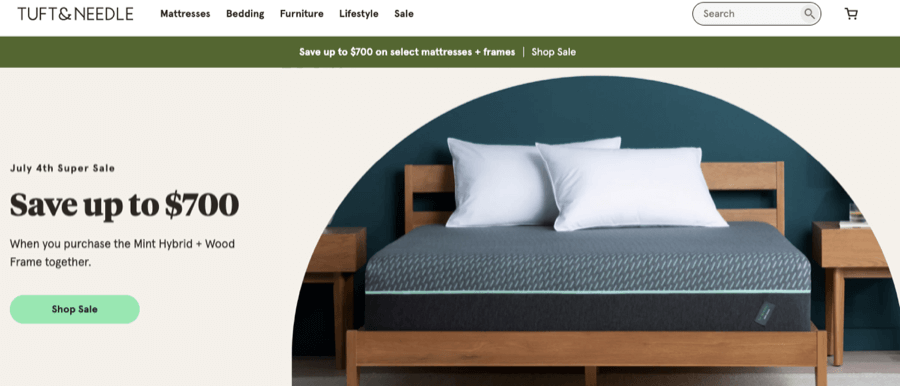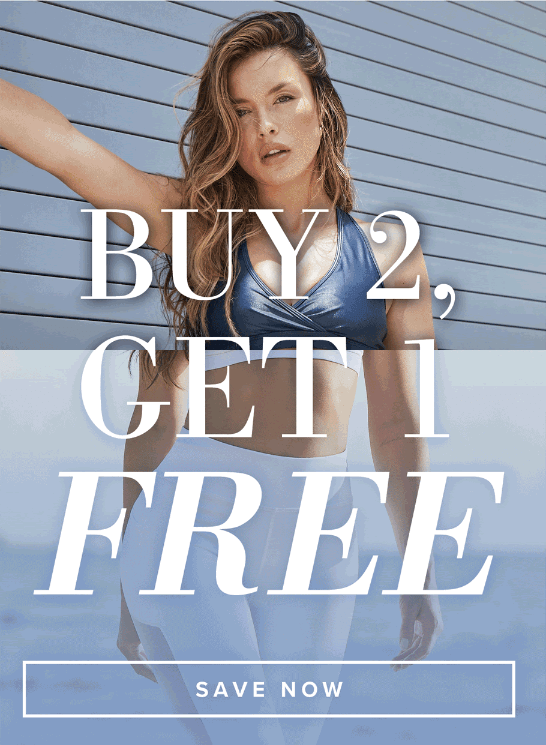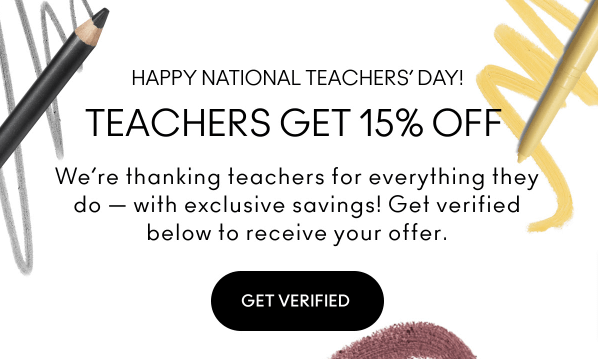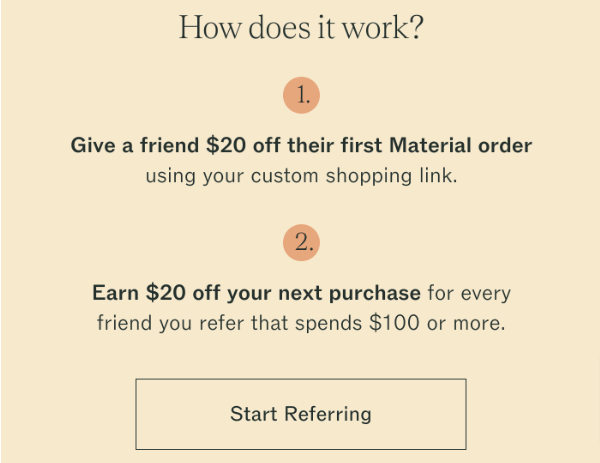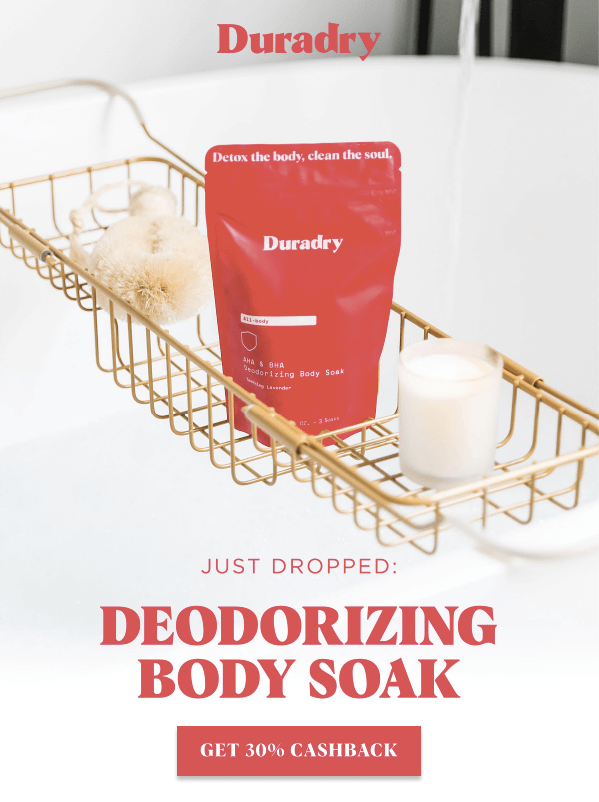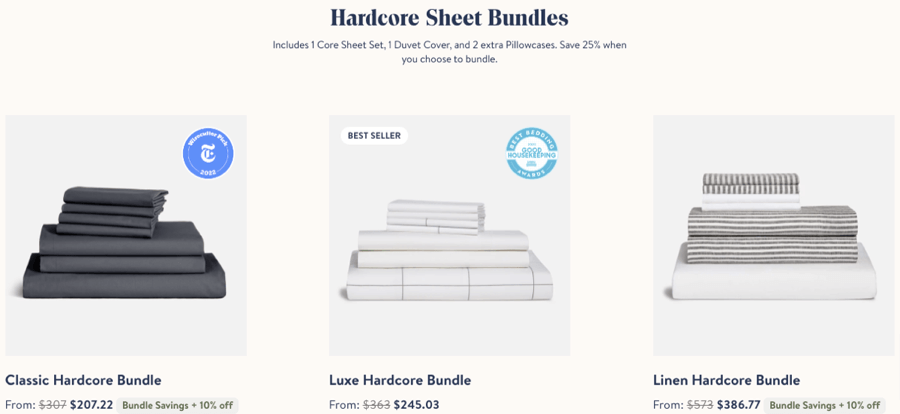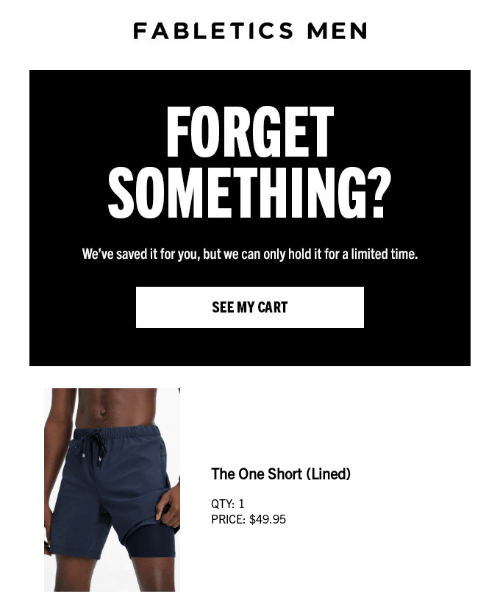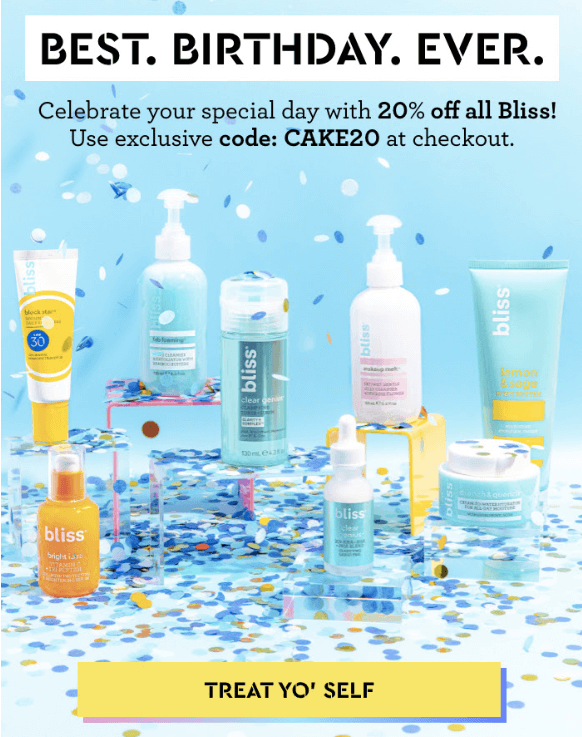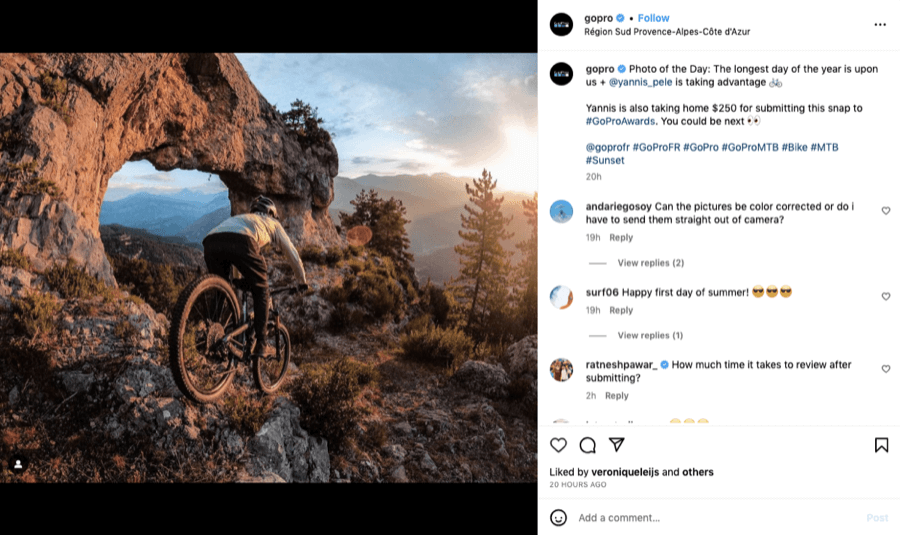Ignite Sales with 14 Dynamic Online Promotion Tactics!

Online promotions are a vital tactic in the world of e-commerce, with 70% of consumers somewhat or strongly agreeing that promotions sometimes encourage them to buy something they normally wouldn't.

And it’s not just about boosting sales. Well-planned promotions can also help you:
- Attract new customers
- Engage and retain existing customers
- Re-engage lapsed customers
E-commerce marketers and store owners must understand a wide range of promotional tactics and strategies so they can leverage those that best align with their audience and goals. To help you out, we’ve rounded up 14 of the most impactful online promotion tactics…
The Power of Discounts
Discounts are one of the most commonly used e-commerce promotional strategies, giving shoppers a powerful incentive to buy — and often triggering immediate action. Indeed, two-thirds of consumers say they’ve made an unplanned purchase after finding a coupon or discount code.
However, it’s important not to become over-reliant on discounting, as constant price cuts can erode the perceived value of your brand and products (as well as eating into your profit margins).
With that warning in mind, let’s take a look at four popular types of discounts you can leverage:
Seasonal and Holiday Discounts
Aligning discounts around seasons and holidays helps drive traffic to your site and incentivize purchases — often at a time when consumers are already looking to buy. Plan your discounts to coincide with busy shopping times like:
- Valentine’s Day
- Mother’s Day
- Cyber Weekend
- July 4th
- Back-to-school
- Christmas
The best thing about this tactic is that shoppers are often actively looking out for these types of deals, making them more receptive to discount-based messaging.
Flash Sales
Flash sales are limited-time promotions offering substantial discounts, either sitewide or on specific product lines or collections.
Unsurprisingly, they’re a fantastic way to generate a ton of traffic and sales, fast. But they require careful planning to ensure your website and fulfillment infrastructure can cope with the spike in demand.
Quantity Discounts or "Buy More, Save More" Discounts
There are various types of quantity discounts, including:
- Buy X, get Y free
- Buy X, get Y% off
- Buy X, get free shipping
Whatever the specifics, these promotions are an easy way to boost your average order value. And they can also help you shift more inventory, fast — a useful tactic for clearing old and out-of-season stock.
Customer Segment-Specific Discounts
Many brands offer permanent or limited-time discounts to consumers in specific demographics, such as:
- Healthcare workers
- Veterans
- Teachers
- Senior citizens
- Students
This tactic helps attract customers in those specific groups, while positioning you as a brand that cares — which can also encourage people from outside those demographics to buy from you.
Loyalty and Rewards Programs
Want to boost repeat orders, retain more customers, and increase your customer lifetime value? A loyalty or rewards program could be the perfect solution, with research from McKinsey revealing that top-performing loyalty programs can drive revenue from points-redeeming customers by 15% – 25% per year.
Overview and Benefits of a Loyalty Program
Loyalty programs give existing customers some kind of incentive to keep buying from you rather than your rivals.
The most obvious benefit of this strategy is that it improves retention (and, therefore, customer lifetime value). But it also helps you gather more valuable customer data on purchase preferences, enabling you to hone your marketing messaging and promotions, and builds a more meaningful connection between brand and customer.
Different Types of Loyalty Programs
There are three main types of loyalty and rewards programs:
- Points-based programs: Every time a customer buys from you, they earn points that can be spent on future rewards (such as discounts, free gifts, and free shipping).
- Tiered programs: This gamified system offers more attractive benefits to customers at higher tiers, thereby encouraging shoppers to spend more.
- VIP programs: Customers typically pay a fee to join VIP programs in exchange for exclusive benefits like free next-day delivery or early access to new product drops.
How to Effectively Communicate Your Loyalty Program to Customers
The key to a high-performing loyalty program is simplicity; too many terms and conditions will turn customers off. So be sure to spell out the rules and benefits in clear, concise language.
Once you’ve clarified exactly how your program works, it’s time to promote it. Shout about your program via as many channels as possible, from your website to social media to your email newsletters.
For best results, create personalized communications that highlight the most relevant benefits to each customer. Top spenders might be won over by exclusive, high-tier rewards; early adopters may jump at the chance to buy your new products before anyone else. And be sure to regularly update customers on how many points they’ve earned or which rewards status they’ve unlocked to boost engagement with your program and drive action.
Finally, be sure to train your support team on how your loyalty program works, so they can explain the benefits and deal with related queries.
Referral Programs
Starting a referral program helps you leverage word-of-mouth marketing to grow your brand by rewarding customers for recommending you to their friends and family.
Importance of Word-of-Mouth Marketing
Consumers rank “recommendations from people they know” as the most trusted advertising channel. What’s more, research shows that referred customers are more loyal, have a higher lifetime value, and generate higher profit margins. So it clearly pays to build a referral program that incentivizes these sorts of recommendations, helping you generate a regular stream of warm e-commerce leads.
Setting Up a Referral Program
Before developing your referral program, it’s important to define your objectives. Do you want to:
- Acquire as many new customers as possible?
- Acquire a certain type of customer (e.g. high spenders)?
- Increase sales?
Because it’s important your referral program aligns with your overarching marketing goals. For instance, if you’re specifically looking to attract more high-spending customers, you might offer more generous incentives for high-value referrals (like a percentage of their first purchase).
You should also think about how you incentivize the referred customer. Will you offer them a fixed cash discount? A percentage-based discount? A free gift? Free shipping? And because manually managing a referral program involves a ton of busy work, you should consider paying for a referral marketing platform like Friendbuy, ReferralCandy, or Yotpo.
Finally, don’t forget to promote your new program through your website, email newsletter, and social channels.
Incentives for Both Referrer and Referee
Most referral programs provide incentives — such as discounts, free products, or cashback — for both the referrer and the referee. For instance, Material Kitchen offers both parties the chance to get $20 off future purchases:
These incentives should be attractive enough to generate referrals and sales, without eating too heavily into your margins.
Cashback Offers
Cashback promotions allow customers to earn a percentage of the purchase price, effectively reducing the total cost.
Understanding the Appeal of Cashback
It’s not hard to understand the appeal of cashback: it returns money to customers’ pockets, giving them tangible value and a real sense of gaining (or saving) cash. Once shoppers take advantage of a retailer’s cashback promotion, there’s a good chance they’ll buy again in future for the chance to earn more money back.
Implementing a Cashback System
As with a referral or loyalty program, it’s vital to clearly set out the terms of your cashback promotion, such as the percentage the customer will receive and the products it applies to.
Tracking cashback deals can be tricky, with potential for the cookie trail to be disrupted, leaving shoppers disappointed. So it’s probably best to choose a reliable cashback platform (like Open Loyalty or Voucherify) to manage all the complicated stuff for you.
And, of course, you’ll want to prominently promote your cashback offer across your various marketing channels to generate as much interest as possible.
Managing Cashback Redemption
It should be super simple for customers to claim their cashback — the last thing you want is to be accused of scamming shoppers out of money. Keep them engaged by providing regular updates on how much money they’ve earned, and be sure your support staff have all the information they need to handle cashback-related queries.
Free Shipping and Returns
Obviously, online shoppers can’t try items on before buying or take them home on the day. Many retailers remove these potential barriers to purchase by offering free shipping and returns.
The Impact of Shipping Costs on Purchasing Decisions
Unsurprisingly, consumers hate high shipping costs. In fact, they name “delivery speed” and “delivery cost” as the most important factors when deciding whether to buy from an e-commerce store:
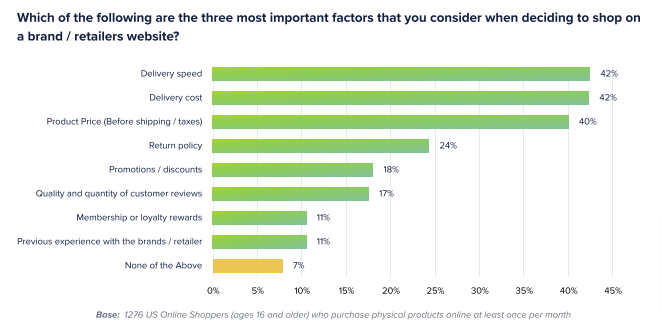
In other words, free shipping could be the difference between a customer buying from you or one of your rivals.
Strategies for Offering Free Shipping
Many retailers can’t afford to offer free shipping on all orders, all the time. Instead, they use free shipping as a promotional incentive, such as:
- Free shipping on orders over a certain value
- Free shipping on a specific product or collection
- Free shipping for a limited time period
There’s no right or wrong approach here. If you sell high-value, compact products (like jewelry), you might simply be able to offer free shipping on every purchase. But if the margins don’t stack up, you’ll need to consider factors like customer expectations and competitor pricing.
Importance of a Clear and Easy Return Policy
An easy-to-understand (and, ideally, free) returns policy is a major trust factor, giving shoppers the confidence that they can get their money back if they’re not totally satisfied with their purchase. As such, it can help to improve your conversion rate. Be sure to clearly explain your returns process, including:
- How long customers have to return a new purchase
- Who pays for the return shipping costs
- How to claim a return
Bundle Deals and Cross-Selling
Product bundling and cross-selling is one of the most impactful strategies for increasing your average basket size and order value, helping you introduce customers to new products they wouldn’t otherwise have purchased.
Upselling and Cross-Selling Techniques
Both upselling and cross-selling are effective ways to increase sales, but they work differently:
- Upselling persuades customers to upgrade to a higher-priced product or buy add-ons.
- Cross-selling encourages shoppers to buy additional complementary products.
Then there's product bundling, which involves offering multiple products as a single unit (or bundle) at a lower price than the combined value of each item.
Bundling can apply to both upselling and cross-selling promotions. For instance, you might make an upgraded product look more attractive by bundling it with a lower-priced accessory, or encourage customers to buy a whole bundle of complementary products (like offering a bundle or three pairs of socks to people browsing sneakers).
How to Create Appealing Product Bundles
For a product bundle to work, it must make sense as a combined entity and give the customer a clear sense of value. For instance, Brooklinen sells bundles of duvet covers, pillowcases, and sheets at a 25% discount:
When promoting a bundle, be sure to highlight the convenience of the deal and the savings on offer for buying all the items together.
Limited-Time Promotions
Limited-time promotions are a popular way for e-commerce stores to compel customer action by building a sense of urgency and scarcity. If customers want to take advantage of a limited-time sale or discount, they’d better act fast!
The Psychology of Scarcity and Urgency
Scarcity and urgency often go hand in hand in the world of online promotions because they both tap into the fear of missing out, encouraging shoppers to buy now. But they work in different ways:
- Creating scarcity is about limiting the quantity of a promotion (e.g. free shipping for the first 100 customers)
- Creating urgency involves limiting the time a promotion will be in place (e.g. free shipping for the next 24 hours)
Effective Implementation of Limited-Time Promotions
Limited-time promotions should be used to drive a short, sharp spike in sales rather than as part of your business-as-usual marketing; if you run them too often, they’ll quickly lose their appeal.
To maximize the success of your limited-time promotions, be sure to clearly communicate the offer and end date across your marketing channels.
Take the time to analyze the effectiveness of each promotion to understand what plays best with your audience. Are they more attracted to free shipping offers? Percentage discounts? Free gifts?
Gift Cards
Gift cards are a classic promotional tactic that can help you boost sales, bring in new customers, and retain existing ones — especially around popular gifting periods and dates like birthdays and the holidays.
Benefits of Offering Gift Cards
Gift card recipients have an obvious reason to visit your online store. If they like your products and shopping experience, there’s a good chance they’ll come back even when they’ve maxed out their gift card.
Unless the recipient is extremely disciplined, there’s a high chance they’ll spend more than the gift card’s value, thereby increasing your average order value. And if they don’t, any unspent funds on their card represent direct revenue for your business.
How and When to Promote Gift Cards
It makes sense to promote gift cards throughout the year — but you’ll definitely want to ratchet up your marketing around popular gift-giving holidays and special occasions. For instance, subscription box company Man Crates promoted this gift card offer in the runup to Father’s Day:
Consider incentivizing gift card purchases through promotional pricing, such as selling a $100 gift card for $95.
Social Media Giveaways and Contests
Contests and giveaways are a comparatively low-cost way to boost brand awareness, generate more social media engagement, and reach new audiences.
The Power of Social Media in Online Promotions
Almost half of US shoppers have completed purchases via social media, making platforms like Facebook, Instagram, and TikTok ideal for targeting large (and diverse) audience groups. And because of the built-in shareability and virality of social media posts, they’re a perfect fit for promoting contests and giveaways.
This type of content is often designed to encourage interaction. For instance, brands typically require competition entrants to follow them on social media and/or like their posts.
Pointing customers toward your social profiles can also help to build a stronger feeling of community around your brand.
Organizing Successful Contests and Giveaways
As with any type of promotion, the best starting point is to think about the basics:
- What are you trying to achieve?
- What are you giving away?
- What are the rules of your contest?
Because contests and giveaways are designed to reach the widest-possible audience, you’ll also want to consider your promotional strategy. As well as leveraging your current marketing channels, consider teaming up with influencers or similar brands to boost your reach. And be sure to engage with entrants throughout the contest to keep people excited about the outcome.
Email Marketing Promotions
Email marketing delivers an unparalleled return on investment of $36 for every $1 spent, making it one of the most effective online promotional channels for e-commerce brands.
Shopify stores continue to see the highest conversion rates through email, with an average of 4.29%.
Sign-Up Incentives
For your email marketing strategy to deliver results, you first need to grow your email list.
Sign-up incentives can help, giving would-be customers a reason to hand over their email address. Common incentives include free gifts, exclusive content, and discounts off their next purchase.
Because these types of incentives are typically targeted at people browsing your site, they’re a source of warm e-commerce leads: people who already know about your brand and are at least somewhat interested in your products.
Abandoned Cart Reminders
According to the Baymard Institute, the average online shopping cart abandonment rate currently stands at 69.99%. That’s a whole lot of lost revenue. So it makes sense to target cart abandoners with emails that compel them to come back and complete their transaction.
Cart abandonment emails typically incorporate the name and image of the “abandoned” product(s), alongside a call to action compelling the recipient to pick up where they left off. Sometimes, they also include an incentive to take action, such as a percentage discount.
Personalized Discount Codes
Email marketing and personalization go hand in hand, with 62% of consumers responding positively to emails containing personalized content.
One such approach is to share personalized discount codes based on factors like the customer’s purchase or browsing history. They can also be used as a reward for birthdays and anniversaries.
Whatever the occasion, the idea here is to make customers feel special, thereby encouraging them to take advantage of your promotion.
Collaboration with Influencers and Bloggers
Working with bloggers, influencers, and other content creators can help you reach new audiences and drive more sales, with 36% of consumers saying influencer posts are the best way for brands to convince them to try new products.
Benefits of Influencer Marketing
Influencer marketing isn’t just about building brand awareness. It can also make you appear more trustworthy (provided you collaborate with credible influencers who have engaged audiences). And when consumers trust your brand, they’re more likely to buy from you.
Selecting the Right Influencers
The success of any influencer strategy hinges on choosing the right influencers. Consider these factors when searching for influencers to collaborate with:
- Does their audience align with yours?
- Do they have an engaged audience? High follower counts mean little if no one pays attention to what they say.
- Do they create high-quality content in a style that matches your brand and tone?
- Do their values measure up to yours?
Remember: while successful influencer partnerships can drive a ton of reach and sales, working with someone who’s a bad match can actually damage your brand and put off your existing customers.
Partnership Ideas and Tracking Campaign Success
Popular examples of influencer partnerships include product reviews, giveaways, discount codes, and sponsored content campaigns.
Be sure to measure campaign performance through specific metrics that speak to your overarching goals. Are you looking to drive site traffic? Grow your social following and engagement? Generate sales? Share unique promo codes and/or tracking links with influencers to help you track any traffic they send your way.
Other E-Commerce Promotion Ideas
Looking for even more online promotion tactics? Oh, go on then…
See our related guide on e-commerce marketing automation.
Accept User-Generated Content (UGC)
User-generated content is a powerful promotional tactic for e-commerce brands, given that four-fifths of consumers say UGC highly influences their purchasing decisions. It’s a form of social proof, it makes you look more trustworthy, and it also helps you reach new audiences.
That’s why action camera brand GoPro uses UGC to create the vast majority of its social media content:
Engage With Live Chat
Research from Kayako claims that live chat is consumers’ #1 way to communicate with brands. Why? Because it helps them get instant answers to their questions (without forcing them to pick up the phone).
Not only can live chat boost your conversion rate by helping customers get immediate answers to their questions, but it can also point shoppers toward FAQ content in your resource center around topics like shipping times and return policies — thereby saving your support team time.
Use Branded Hashtags
Branded hashtags can help make your e-commerce store and promotions more visible on social media. For instance, Stylecraft Yarn created the hashtag #CleverCrafter to encourage customers to share their DIY craft creations, generating thousands of responses.
Boost engagement in your branded hashtag campaign by resharing the best examples via your own social channels.
Just remember to check your chosen hashtag hasn’t already been used by another brand before launching your promotion.
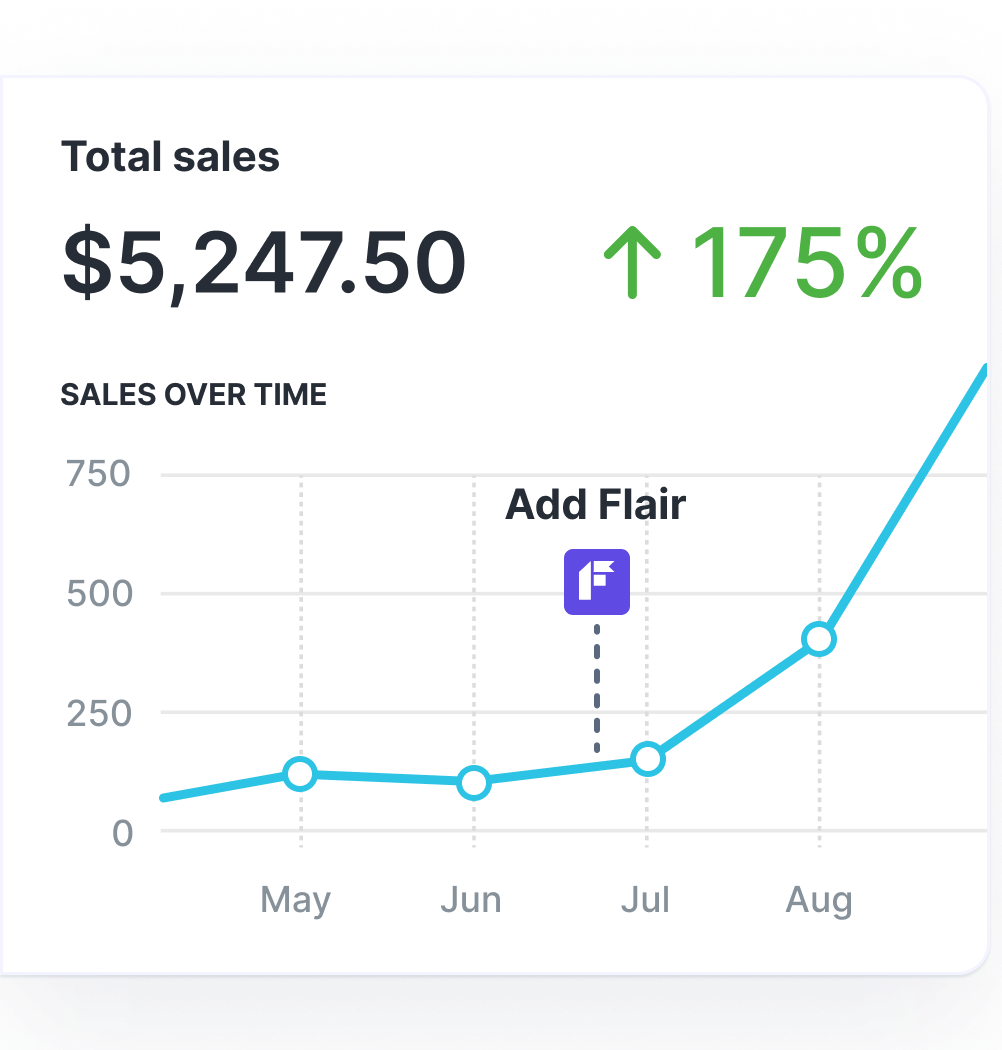
Grow Your Shopify Sales by over 175% with Flair
-
Increase sales using product badges and sales banners
-
Maximize conversions with scarcity, urgency and countdown timers
-
Automate promotions with targeted rules and scheduling
Conclusion
Effective online promotions can have a significant (positive) impact on your sales and revenue.
But they’re not the only way to encourage customers to take action. And they’re not always suitable for delivering sustained growth. Running constant promotions can even damage your brand and the perceived value of your products.
For even more ideas and strategies, check out our in-depth guide on how to increase Shopify conversion rates.

